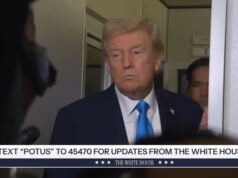
Jill Cataldo is a master of coupons.
She began cutting them out to save a dollar here and 50 cents there in the Great Recession, when she had two children in diapers and money was tight. Starting with a training session at the library in her Chicago suburb, she shared what she learned with others, and now has a syndicated column and a website where she writes about coupon deals and other ways to spend less.
The pandemic, however, upended Ms. Cataldo’s world. Paper coupon inserts in the Sunday newspaper seemed flimsier. Even increasingly popular digital coupons were hard to come by.
“There are brands that I’ve followed for over a decade that are just not issuing a lot of coupons right now,” Ms. Cataldo said. “It’s kind of frustrating, because it’s something we came to count on for a long time.”
Now the steepest rise in the cost of living in four decades is making bargains even more coveted. “With inflation, this is what should go up tremendously as a tool to help customers,” said Sanjay Dhar, a marketing professor at the University of Chicago’s Booth School of Business.
But that tool is getting ever harder to come by. In 2021, Kantar Media estimates, 168 billion circulated, across both print and digital formats. That was down from about 294 billion in 2015.
Disclaimer
The information contained in South Florida Reporter is for general information purposes only.
The South Florida Reporter assumes no responsibility for errors or omissions in the contents of the Service.
In no event shall the South Florida Reporter be liable for any special, direct, indirect, consequential, or incidental damages or any damages whatsoever, whether in an action of contract, negligence or other tort, arising out of or in connection with the use of the Service or the contents of the Service. The Company reserves the right to make additions, deletions, or modifications to the contents of the Service at any time without prior notice.
The Company does not warrant that the Service is free of viruses or other harmful components












